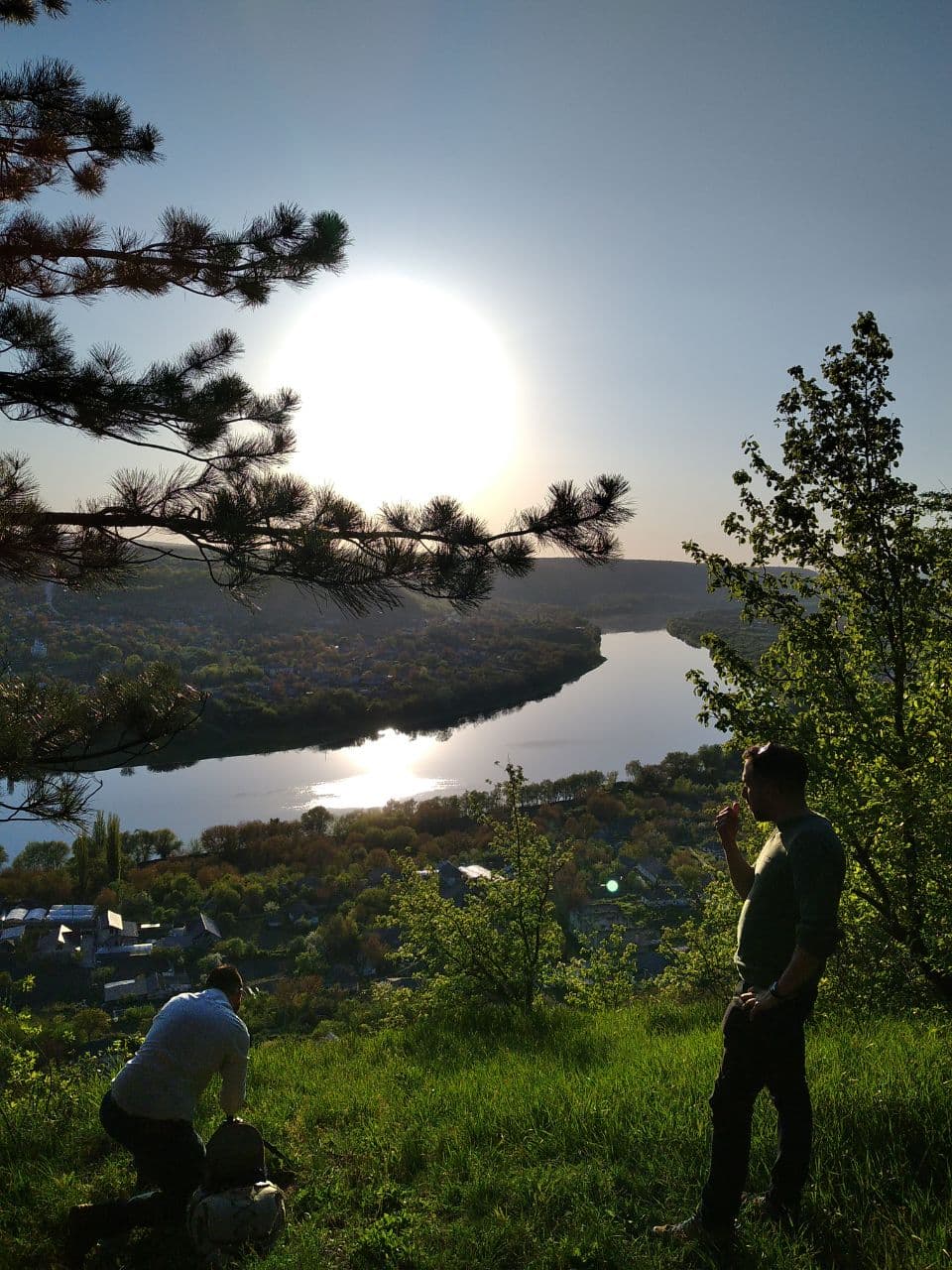The Pridnestrovian borders had been closed for foreign tourists for a long time due to the coronavirus pandemic. Pridnestrovie experienced two major waves of the disease, but the epidemiological situation have begun to improve since the second half of April. By the May holidays, the President of the PMR Vadim Krasnoselsky decided to return the pre-pandemic border crossing regime: without a PCR test and a two-week quarantine.
In the first four days of May, the Pridnestrovian border was crossed 116 thousand times. During this time, 34.5 thousand foreign citizens entered the republic. Among the foreign guests were French journalists Loic Ramirez and Erwan Briand. They came to get acquainted with our country and tell Western media about it.
Three days until May 9. Tiraspol is preparing to celebrate the 76th anniversary of the Great Victory: the central streets are being decorated with ribbons and flags. French journalists Loic and Irvan will be able to see how Victory Day is celebrated in Pridnestrovie. They will be staying in our republic for a week. Loic is going to write an article on Pridnestrovie. Erwan will photo our republic on his camera: he is a photographer.
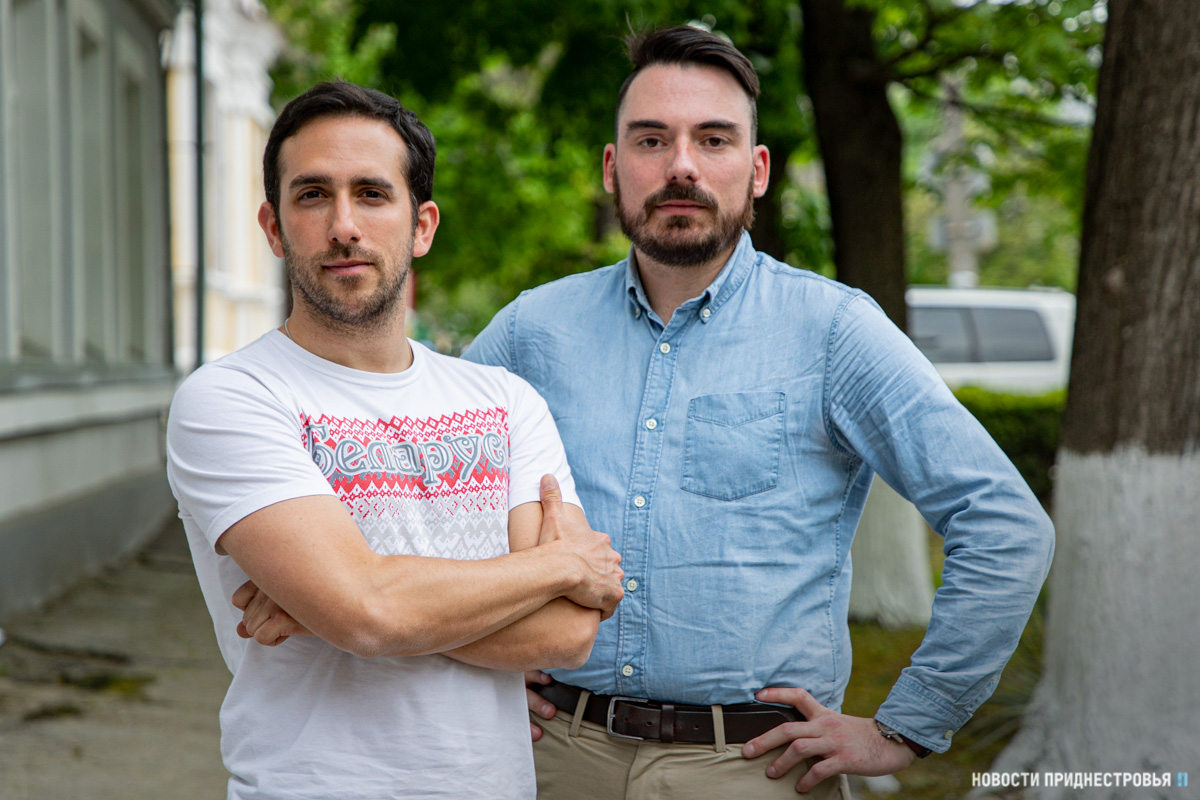
(Loic is on the left, Irvan is on the right)
"Hello!" Loic greeted our correspondent in Russian. "I speak a little Russian." (We have not known yet that Loic speaks in the language of Pushkin and Lermontov almost like his own).
Loic is a freelance journalist who writes articles for various publications, mainly French and Spanish. During his career, he has visited more than one post-Soviet country. He lived in Belarus for a year: there he learned Russian so well. He worked in Donetsk, Nagorno-Karabakh, Abkhazia, the states of South America. Loic came to Pridnestrovie to write about the Pridnestrovian identity.
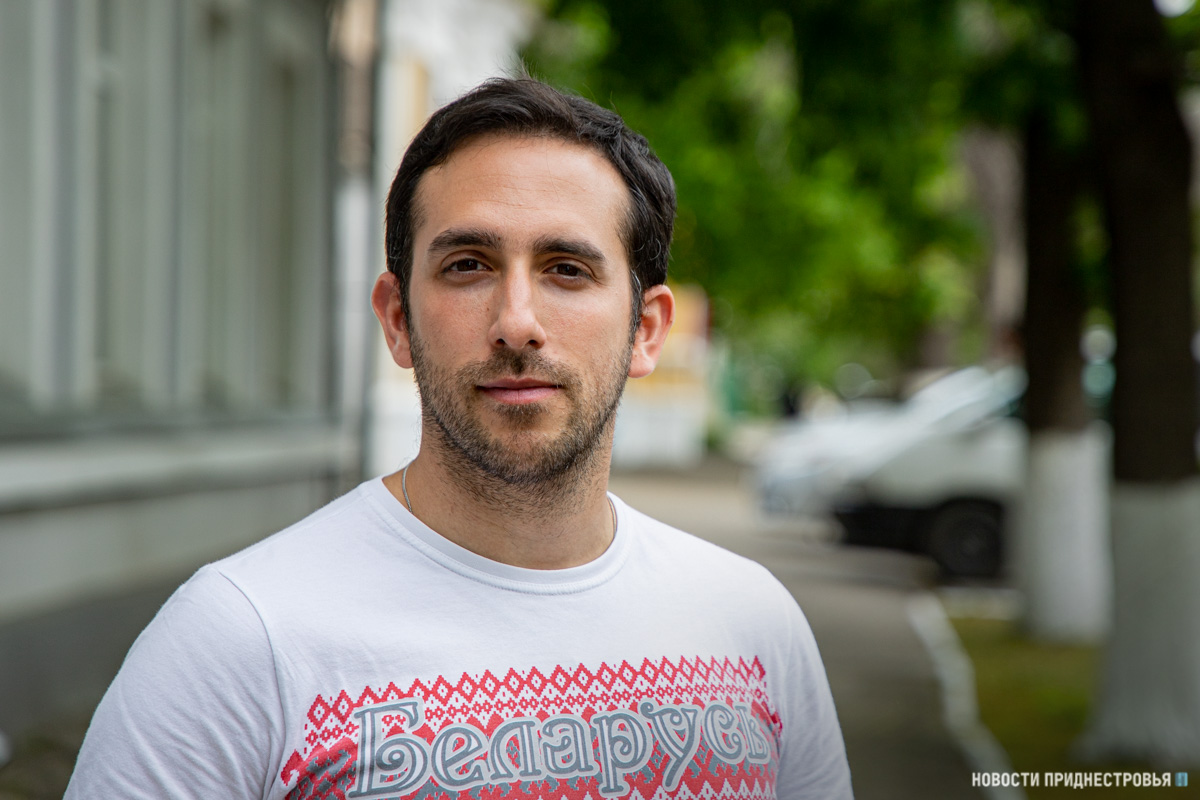
“First, I want to know about the education system of Pridnestrovie. It is interesting for me to see the republic through the young people`s eyes and understand what is the Pridnestrovian identity. Pridnestrovie has existed for 30 years, many were born and raised in Pridnestrovie. In the country that is not recognized by the world community, but it exists de facto. I am interested to know what the Pridnestrovian youth thinks about this and whom they associate themselves with: for example, "I am Russian" or "I am Pridnestrovian". I want to understand how the Pridnestrovian identity is built and what it is,” a French journalist tells about the concept of his article.
Journalists have planned many meetings with teachers, students, experts, representatives of Pridnestrovian ministries and departments for a week in Pridnestrovie. But in order to fully understand any country, you need to get a taste of the local cuisine, see the main attractions and how the locals celebrate their holidays.
Erwan and Loic are lucky: they get to the Victory Day celebration. If last year most of the events were canceled or postponed in online mode due to the coronavirus pandemic, this year they prepared properly for the holiday: a military parade, concerts and festive fireworks.
Loic lived in Belarus for a year, so a military parade is not new for him. The journalist admits that the military parades have a common atmosphere in both countries.
“This is very similar to what I saw in Belarus, but on a smaller scale. We have this holiday too, although, we celebrate it on May 8th. It is not such a big holiday in France, but it is important for me, because my mother and my family are communists. My grandfather left Spain at a young age when the war began there. When I was little, my mother told me about the war and always emphasized how important it was that the Soviet Union defeated the Nazis. I see that this is an important day in Pridnestrovie, and we also liked it, especially since I know the history well and understand the meaning of this holiday,” he said.
But Loic's work-mate Erwan saw the military parade for the first time: “It was interesting to see the Victory Day parade, see how much people here honor the memory of the victory over fascism,” the photographer shared his impressions.
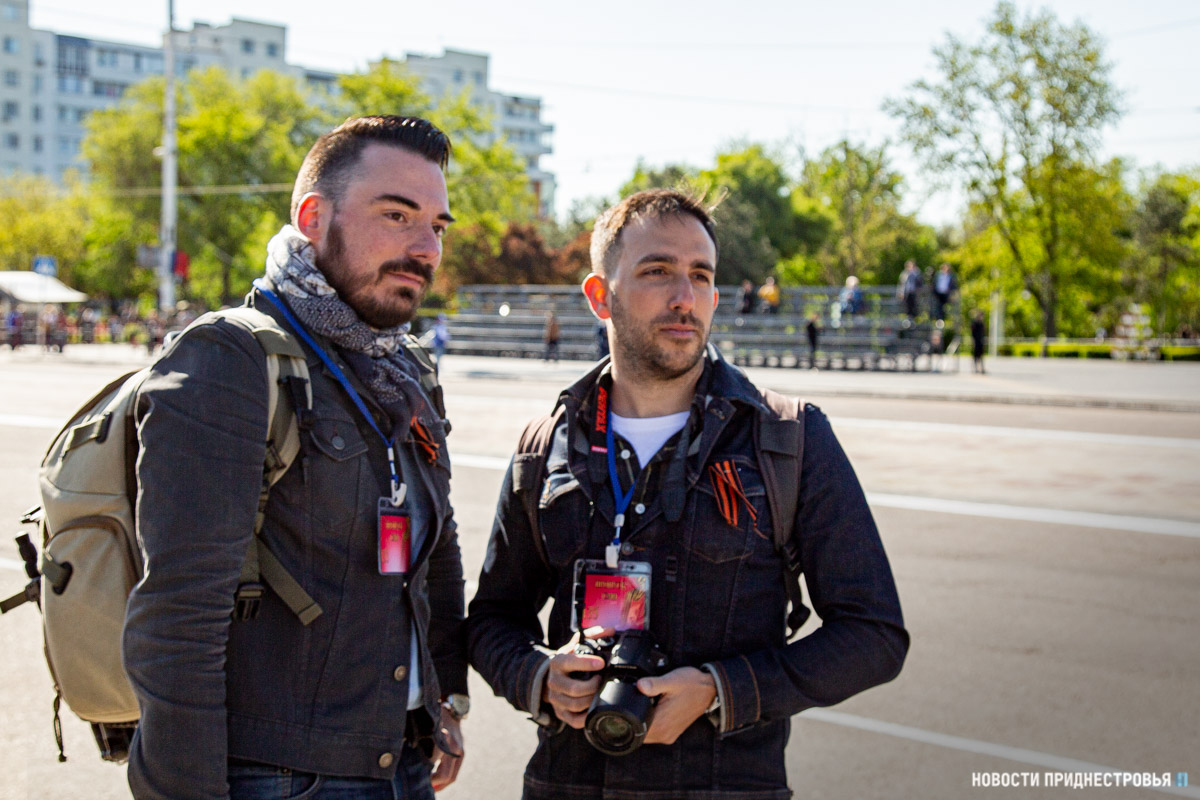
Then Loic and Erwan went travelling through Pridnestrovie. First, they drove to the village of Butory, where one of the largest burial mounds in Europe is located. Researchers believed that it was built more than 5 thousand years ago.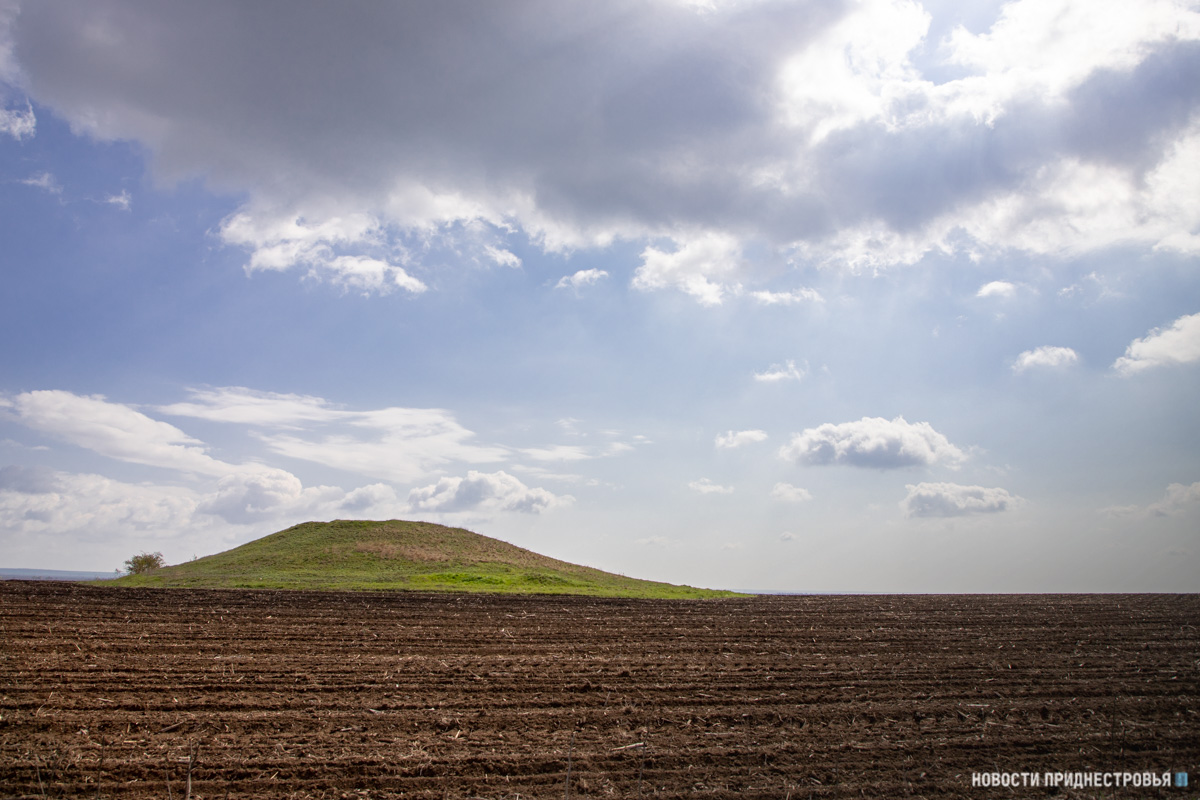
Since foreign colleagues are fascinated by the history of the Soviet Union, they were interested to know that the legendary hero of Stalingrad, General Vasily Chuikov, commanded battle for the Sherpeny-Pugacheny bridgehead in May 1944 from this mound.
Note that this was one of the largest battles on the banks of the Dniester. The fighting continued for almost two weeks. The famous Stalingrad sniper Vasily Zaitsev also took part in it and was wounded.
From Tiraspol to Kamenka: Loic and Erwan visited some of the sights of Pridnestrovie in one day: they saw the Bendery Fortress, walked along the central streets of the capital, looked at the underground structures of a permanent fire position in Podoima, explored the synagogue in Rashkovo, walked around the northern capital of Pridnestrovie – Rybnitsa, got acquainted with picturesque places of the Dniester valley.
French journalists were especially interested in the action Immortal Regiment in the village of Rashkovo. There, local residents exhibited the front-line soldiers` portraits in front of the House of Culture. There were dozens of photographs, including a photograph of the Hero of the Soviet Union Fedor Zharchinsky.
Journalists were impressed by Zharchinsky's story: a school teacher became a tanker, drove a T-34 from the Caucasus to Germany, died freeing the concentration camp prisoners near the town of Treuenbrietzen.
In the north of Pridnestrovie, the French learned about how Peter Wittgenstein turned a Dniester grain of sand of into the pearl of Podolia. Journalists were surprised by the story that Kamenka was the center of South-Eastern Europe elite winemaking.
Foreign guests also appreciated the local cuisine. They admired mamalyga most of all: there they served large portions with fragrant tokana, thick sour cream, sheep cheese and fried fish in one of Kamenka's cozy restaurants. Irvan, who is well acquainted with the hospitality industry, called this dish a real gastronomic discovery.
“I was delighted to discover this part of the world. I saw how people live in the capital and in the north of the republic, and for me their life looks quiet and calm. The green landscapes of the Dniester valley are beautiful,” Irvan shared his impressions, adjusting his camera.
